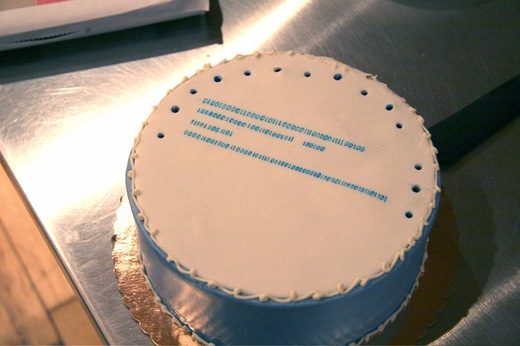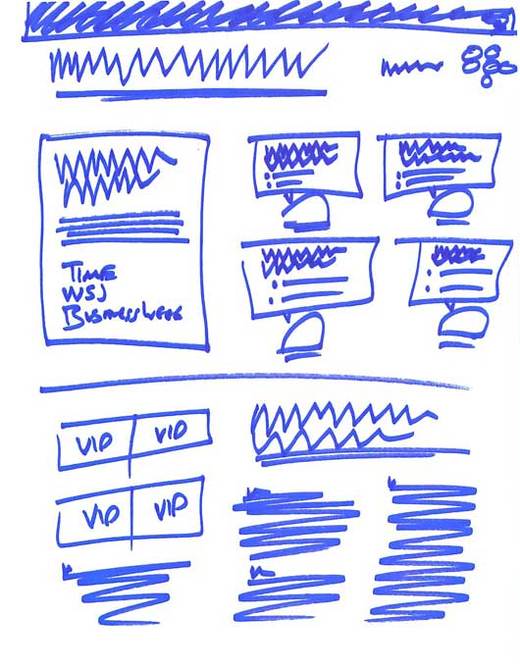There are certain places that people expect text to be rote, boring, and dry. When you come in with some humanity instead, it really stands out. Example: Sönke Johnsen’s “Advice For Potential Graduate Students,” a wonderful piece of writing that is given to lab applicants. An excerpt:
In many ways you will turn into your advisor. Advisors teach very little, but instead provide a role model. Consciously and unconsciously, you will imitate your advisor. You may find this hard to believe now, but fifteen years from now, when you find yourself lining up the tools in your lab cabinets just like your advisor did, you’ll see. My student Alison once said that choosing an advisor is like choosing a spouse after one date. Find out all you can on this date.
Finally, have your fun now. Five years is a long time when you are 23 years old. By the end of graduate school, you will be older, slower, and possibly married and/or a parent. So if you always wanted to walk across Nepal, do it now. Also, do not go to a high-powered lab that you hate assuming that this will promise you long-term happiness. Deferred gratification has its limits. Do something that you have passion for, work in a lab you like, in a place you like, before life starts throwing its many curve balls. Your career will mostly take care of itself, but you can’t get your youth back.
If, after reading this, you want to apply to this lab, we would love to hear from you.
I assume the text accompanying most lab applications is pretty cut and dry. By injecting a real person’s voice in here, the whole tone of the interaction changes.
It’s a good lesson for anyone writing copy for an instruction manual, SLA, or another place that typically features “robot text.” Look for a spot to inject some humanity. Even if it’s just a sidebar or an introduction, it can make a real difference. And it’s another way little guys can stand apart from big corporations that have no choice but to sound stiff.









